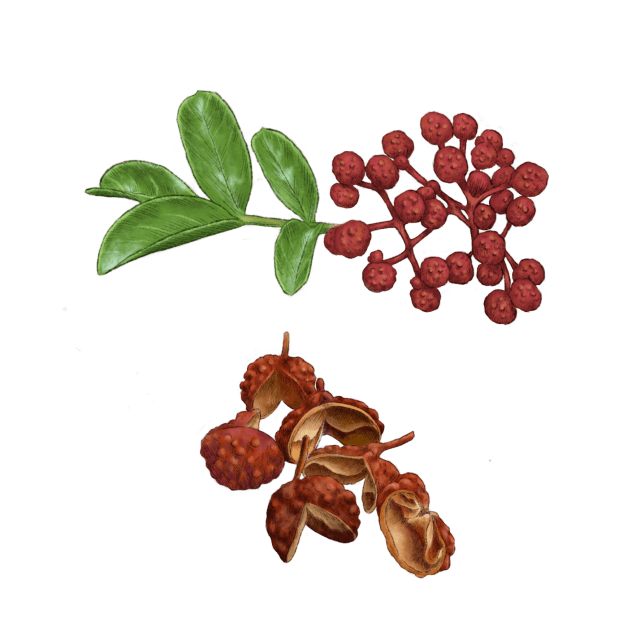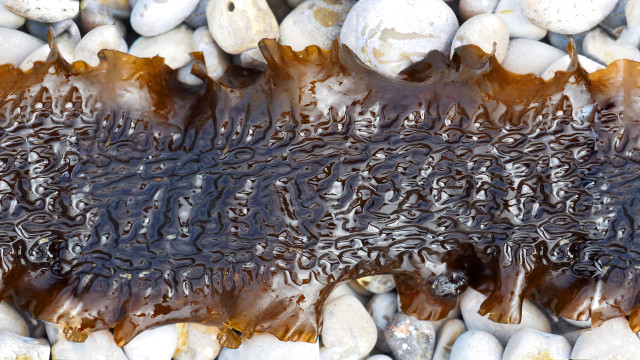Harissa

Harissa
Description
Smoky, citrusy, and deeply spiced, this chile paste blends pasilla, ancho, and poblano peppers for a rich base packed with antioxidants, vitamins, and anti-inflammatory compounds. Achiote and black beans add depth, while sumac, lime, and spicebush berries provide tangy contrast. Fennel, caraway, and Sichuan peppercorns enhance digestion and circulation.
Ingredients
about 1 pint (about 450 ml) MAKES
- 1 tsp fennel seed
- 1 tsp caraway seed
- 1 tsp Sichuan peppercorns
- 1 tsp dried spicebush berries
- 2 tsp sumac powder
- 3 pasilla chiles
- 2 ancho chiles
- 4 poplano peppers
- 1 1/2 limes
- 1 Tbsp achiote paste
- 1 Tbsp black beans
Directions
-
Step 1
Char poblano peppers on a gas stove, place them directly on the flame over medium heat until the skin blisters and burns, 2 to 3 minutes on each side. Put the peppers in a medium bowl and cover tightly for 10 minutes. Take off the cover, and when the peppers are cool enough to handle, remove the skins by scraping them with a fork or a kitchen towel. Remove the stems and seeds. -
Step 2
Toast the fennel, caraway, Sichuan peppercorns, and spicebush berries in a pan until warmed through and fragrant. Grind using your preferred method, then add sumac. -
Step 3
Warm the pasilla and ancho chiles on a pan over medium-low heat until they are flexible and aromatic, about 5 minutes. Remove their stems and seeds, dice them, and combine them with the spices in a food processor or blender. Run until the mixture is mostly broken up into a coarse powder, about a minute. -
Step 4
Roughly chop the roasted poblano peppers, add them to the blender along with the preserved lime or lemon, recado, and douchi and run until fairly smooth. It’s fine to have small chunks of chile and lime for hits of flavor in the final product. You now have a delicious, concentrated pepper paste to use as a base flavor for practically anything you want to cook, bake, or make sweets with. Store it in a covered container with a thin layer of extra virgin olive oil on top for up to 3 weeks.










